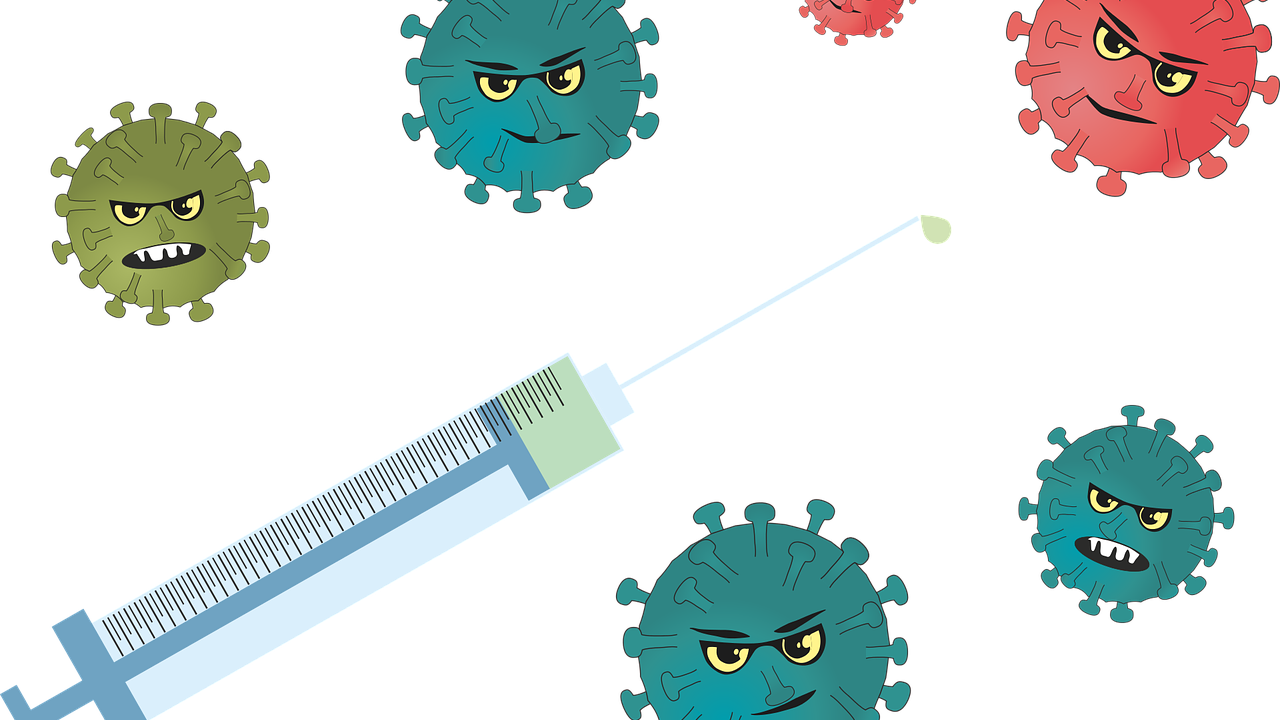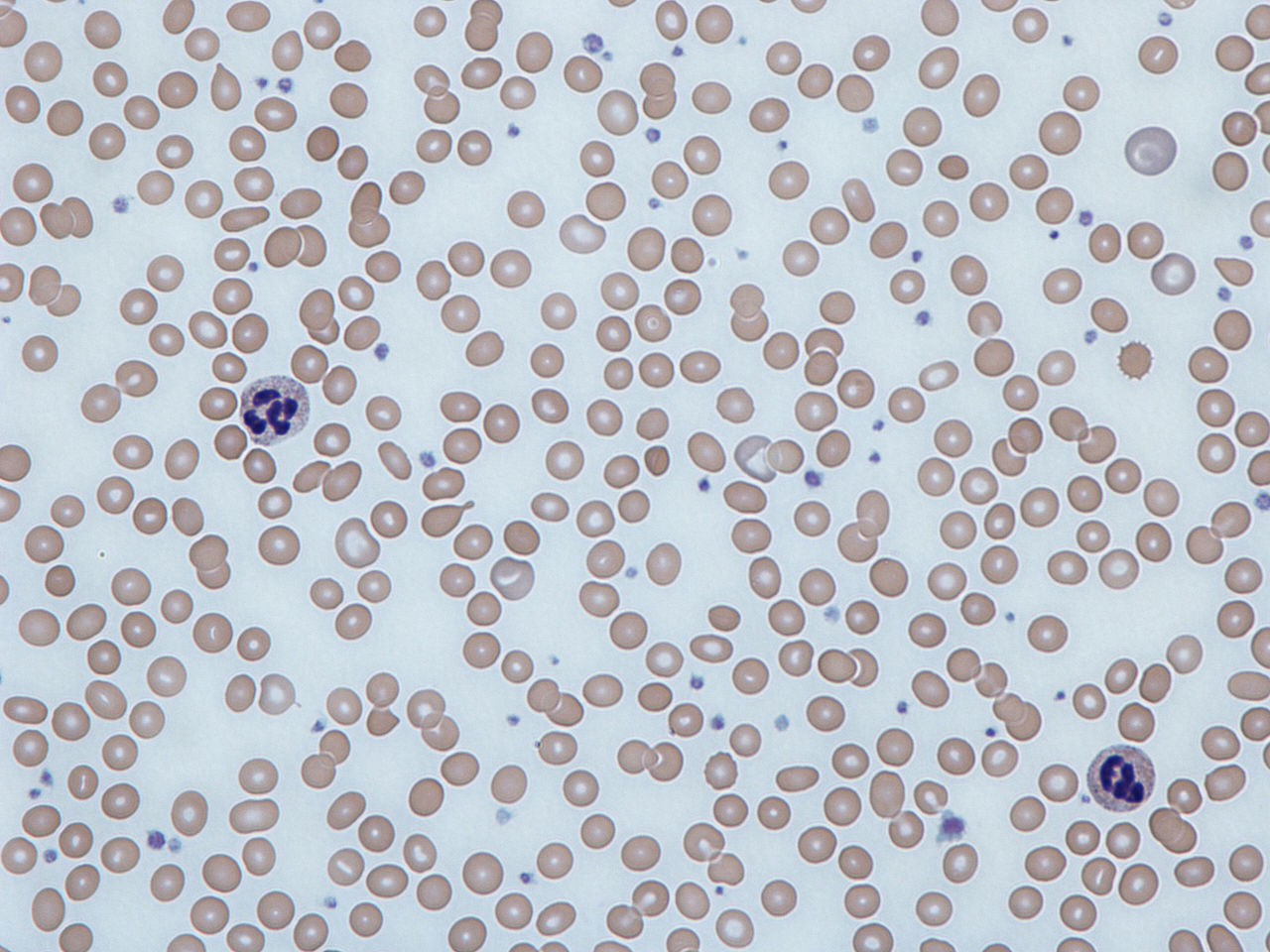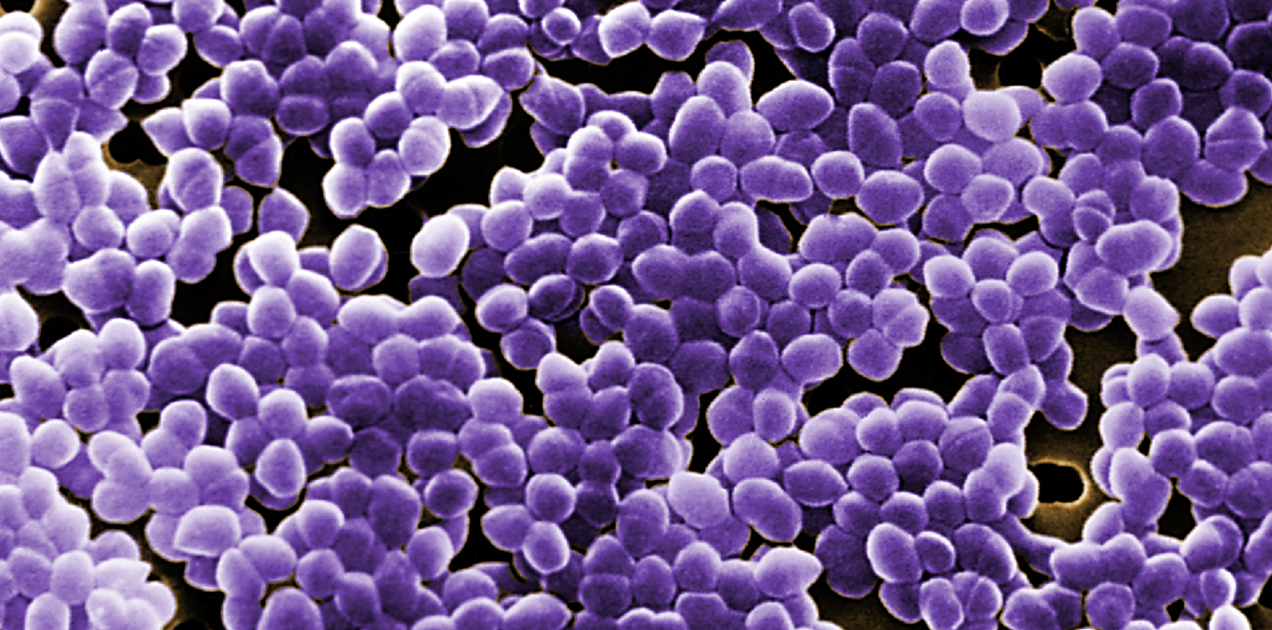
Indian Firm Relaunches Anti Rabies Vaccine
- News
- 2.3K
Rabies is a major public health problem. According to WHO, it claims over 59,000 lives each year, mostly in Asia and Africa. Recent studies estimate that India witnesses 17.4 million animal bites annually with 20,800 rabies deaths, being the highest in the world. With a large stray dog population, India needs a huge quantity of anti-rabies vaccine every year.
A rabies vaccine relaunched on Wednesday by Chiron Behring Vaccines, a part of Bharat Biotech, promises to address the need to a great extent. It is a purified chick embryo cell (PCEC) anti-rabies vaccine to be sold under a new trade name, Chirorab.
The vaccine was earlier marketed under trade name Rabipur. It is an inactivated vaccine used for active pre and post-exposure immunization against Rabies. The vaccine is being manufactured with the original technology and at the same site, a WHO pre-qualified facility, in Ankleshwar, Gujarat.
Speaking on the occasion, the Department of Biotechnology (DBT) secretary Dr. Renu Swarup said, “India has taken a lead in the development and manufacture of vaccines and this has been recognized globally. Some of these vaccines have been developed in public-private participation (PPP) mode with public research institutions working closely with private companies. Our public policies are geared to promote such collaboration further and thus help develop effective vaccines for various diseases.”
Chairman and Managing Director of Bharat Biotech, Dr. Krishna Ella said: “in our ongoing commitment to address the supply shortage of rabies vaccine, we are making additional investments to increase production capacity to over 15 million doses annually.” The vaccine will be made available to government hospitals in various states through tenders, with the remaining available for the private markets and exports.
Dr. Charles Ruprecht, former head of the Rabies program at Centres of Disease Control and Prevention (CDC), said: “the renewed local production of human rabies vaccine should help achieve the ‘Zero By Thirty’ goal for human rabies prevention in the Indian sub-continent and the region as a whole.”
Hoechst originally set up the facility to manufacture the vaccine in 1989. It took the name of Chiron Behring Vaccines after Chiron Corporation acquired it. It was subsequently taken over by Novartis in 2006 and GSK in 2015. Bharat Biotech acquired the company in March this year leading to the restarting of commercial operations in May 2019. Chiron Behring is a WHO Pre-qualified manufacturer of rabies vaccines.
The immunogenicity, efficacy, and safety of the vaccine have been assessed in several clinical trials in pre- and post-exposure regimens, using both intra-muscular and intra-dermal routes of administration. It has been evaluated in over 25 controlled clinical trials in five countries in more than 7,000 subjects, the company said. During the past 30 years, over 80 million doses of this vaccine have been distributed worldwide. (ISW)
If you liked this article, then please subscribe to our YouTube Channel for the latest Science & Tech news. You can also find us on Twitter & Facebook.


